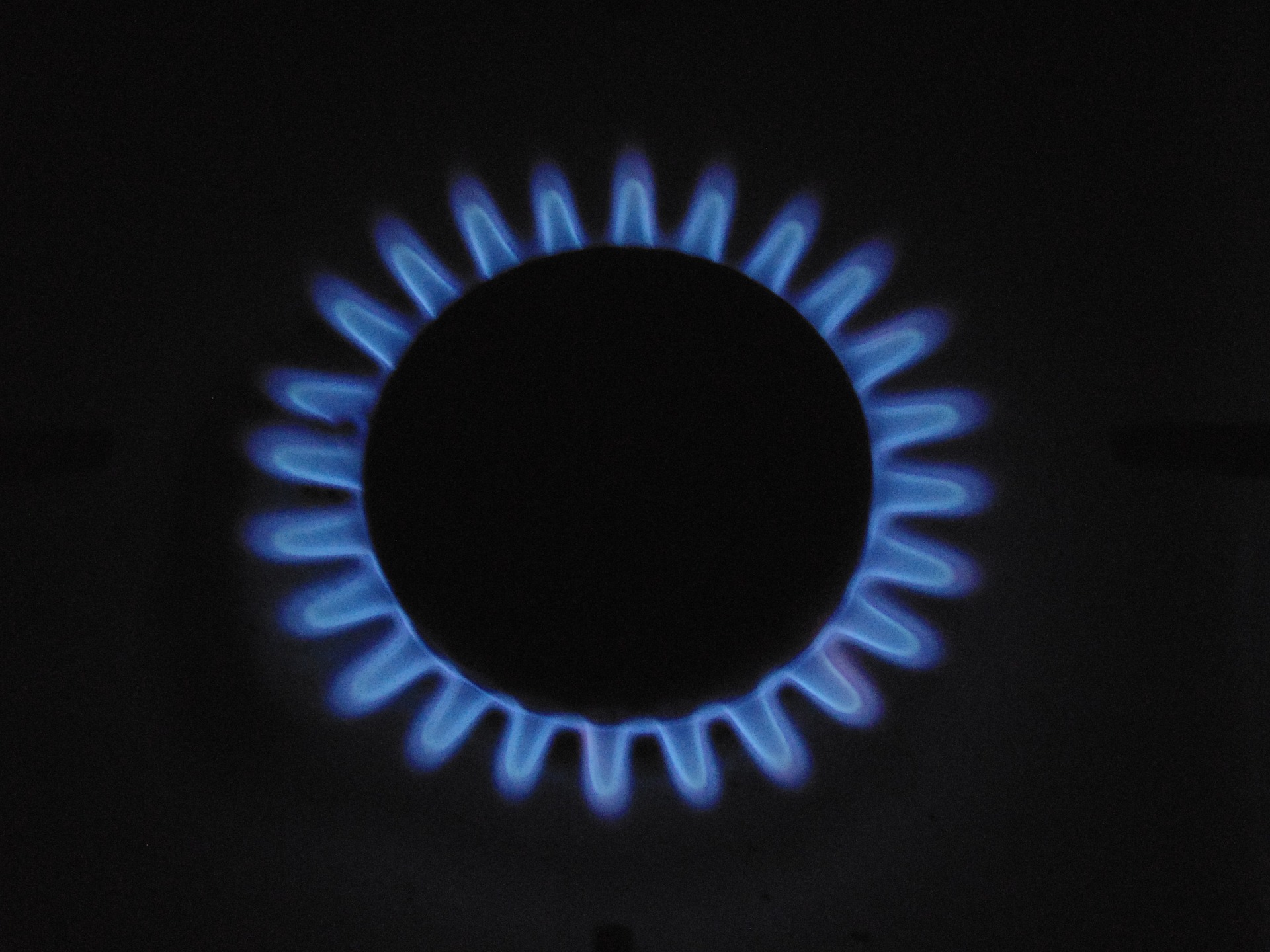The Montney is fast shaping up as Canada’s hottest unconventional oil and gas play. The massive boom in oil and gas production has been a boon for Canada’s oil sands. The large amounts of condensate produced by the formation are a crucial diluent used to make the bitumen produced by the oil sands viscous so it flows and can be transported by pipeline to key U.S. refining markets.
Production in the Montney is expanding
The Montney has also become one of the largest producers of natural gas in Canada. According to data from the National Energy Board, by the end of 2017 the Montney was responsible for just over 30% of Canada’s total natural gas production, and it is anticipated that share will grow. The Energy Board expects that share to be over 44% by 2030.
The productivity of the formation is growing at a solid clip, making it one of the most cost-effective and hence profitable natural gas plays in Canada. One attractive way to gaining exposure to the massive boom underway in the Montney is by investing in the sixth-largest producer in the formation: Birchcliff Energy (TSX:BIR).
Solid operational results
The driller reported some notable third-quarter 2018 operational results, which were a significant improvement over the same quarter a year earlier. Total production for the quarter shot up by 22% year over year to 79,331 barrels daily. Most of that growth came from a solid lift in natural gas and natural gas liquids output, which rose by 24% and 40%, respectively.
The profitability of Birchcliff’s operations also grew significantly during the quarter. It reported that its operating netback expanded by 11% compared to a year earlier to $13.03 per barrel of oil equivalent produced. There was also a healthy reduction in general and administrative costs as well as interest expenses, which were down by 18% and 14% year over year, respectively, and further helped to boost profitability.
The only negative outcome for the third quarter was the $1.01 loss per barrel caused by the commodity hedges that Birchcliff had established to protect against the downside caused by lower oil and natural gas prices.
You see, like many of its peers and industry insiders, the sharp rebound of oil and natural gas prices that occurred this year was not anticipated. As a result, many upstream oil and gas producers purchased hedging contracts to mitigate the financial impact of weaker prices. The existing commodity risk-management contracts account for around 30% of Birchcliff’s forecast average daily 2018 production and hence impact its fourth-quarter and full-year results.
Nonetheless, those hedges will expire at the end of 2018, leaving Birchcliff positioned to fully benefit from higher oil and gas prices during 2019.
There are fears, however, that oil has entered a new bear market and that natural gas will soften once high seasonal demand wanes in early 2019.
Another risk is that the discount applied to Canadian light crude will deepen further because of infrastructure bottlenecks, notably pipeline capacity constraints. That discount, after hitting a record high of over US$37 a barrel, has eased in recent weeks, but could increase yet again as transportation constraints and a growing oil glut in Western Canada weigh on prices.
Growing production
Birchcliff’s oil and gas output will expand because of its purchase of 18 gross contiguous sections of Montney land located near its existing operations for $39 million. The deal is expected to be completed in January 2019. This will bolster the driller’s reserves as well as production, adding 700 barrels of oil equivalent daily, which is 14% weighted to oil and natural gas liquids. Because it is located near Birchcliff’s existing operations, it can leverage existing infrastructure as it develops the acreage.
Firmer commodity prices saw Birchcliff accelerate its investment in exploration and development activities, boosting 2018 spending by $33 million compared to its earlier budget to $288 million. This, along with the commodity hedges rolling off at the end of 2018 and the latest land acquisition, will give earnings a solid lift in 2019.
Why invest in Birchcliff?
While the long-term outlook for natural gas is muted and oil continues to whipsaw wildly, Birchcliff is an attractively valued means of playing the rising demand for natural gas as well as condensate. It isn’t difficult to see its earnings rise, even if oil and gas prices remain flat because of growing production, the expiration of its risk-management contracts, and management’s focus on controlling costs. That should give its stock a healthy lift in coming months.






